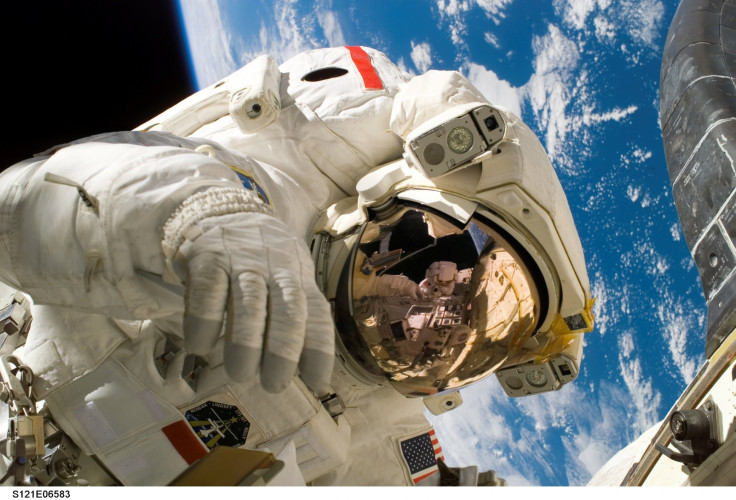Nasa 2018 budget highlights: Human spaceflight takes priority as education misses out
Find out the big approvals and big misses on the budget.

Nasa's budget proposal for 2018 has been released by the space agency revealing what's in store for future missions and what projects could be stalled.
The budget proposes a total fund of $19.1 bn (£14.73bn) for the agency, $561m less than what the agency received in fiscal year 2017. In terms of its missions, Nasa has chosen to prioritise human spaceflight and exploration of the solar system over Earth sciences and educational outreach programmes.
In simple terms, Nasa is pushing for an aggressive space outreach programme where it wants a successful manned mission to anything beyond what humankind has achieved as soon as possible. However, this proposal still needs approval from Congress, so a few programme fundings may be altered. IBTimes UK takes a look at some of the big approvals and some of the misses.
The big approvals
- The Europa orbiter mission: The spacecraft designed to visit Jupiter may get a boost of $150m. The search for signs of life on Jupiter's moon was funded to a budget of $275m in the 2017 budget and the new budget proposal would boost it to $425m for 2018. This is, however, only for the orbiter and not for any lander, which means on-surface explorations may not be on the cards.
- Missions to Mars: A manned mission to the red planet has been the top agenda for the agency for sometime now. The new budget proposal keeps the Mars 2020 rover on schedule but surprisingly does not add a replacement for the Mars Reconnaissance Orbiter (MRO). The MRO is the main communications hub for all of Nasa's Mars missions and has been in orbit since 2005. It is not expected to last as long as Nasa's final manned mission scheduled for sometime in 2024.
- Nasa's Discovery Program: The new budget proposes a $117.1m increase over expected funding for Nasa's Discovery Program overall. The programme will include the Lucy probe, Psyche probe, the InSight lander, and the Dawn probe. Of these, the Lucy and Psyche probe are significant as the former will study asteroids that share an orbit with Jupiter called Trojans, while the latter will visit the smashed core of a protoplanet in the asteroid belt also called Psyche
- New Frontiers missions: The Juno and New Horizon missions come under this and are set to stay on target
- Transiting Exoplanet Survey Satellite, a follow-on to Kepler, will continue its development along with the James Webb Space Telescope that retained its funding levels
The misses
- Earth sciences: Probably the biggest cut is borne by this department — a $166.9m cut, from the originally planned $1.92bn to $1.75bn. The Deep Space Climate Observatory (DSCOVR) satellite, one of the significant studies under this will have a funding cut for its Earth-monitoring camera Epic.
- Education programmes: Fewer sponsored space camps for budding astronauts as the budget also proposes cuts for Nasa's education programmes from $100m to $37.3m
- Asteroid Redirect cancelled: The agency is halting the development of a mission to an asteroid, known as the Asteroid Redirect Mission. It, however, plans to retain most of the central technologies in development for that mission to be used for future human deep space missions.
- No Europa Lander: The budget provides no funding for a multi-billion-dollar mission to land on Europa. This was coming as the Trump administration's earlier budgetary cuts had indicated the same. A lander may be funded later only if enough data supports a need for the mission.
- Hubble: The telescope got a cut of $15m most likely because Nasa is prepping the James Webb Telescope to be its main superstar telescope in future. Sofia, Nasa's telescope jetliner, will get a $3.7m cut
To get all the figures in detail read Nasa's budget summary here.
© Copyright IBTimes 2025. All rights reserved.





















